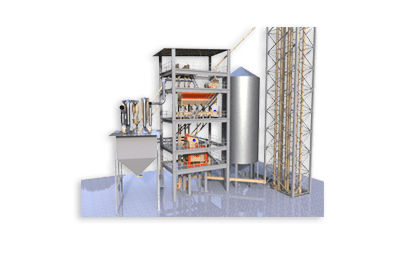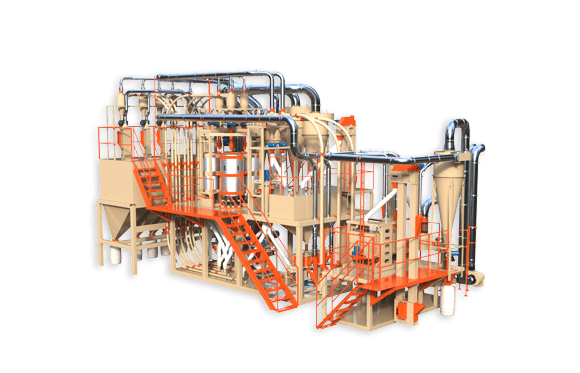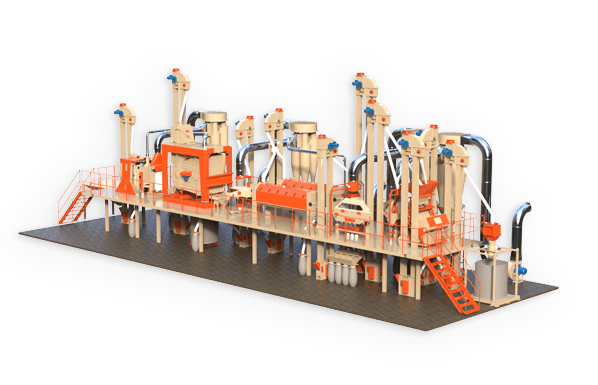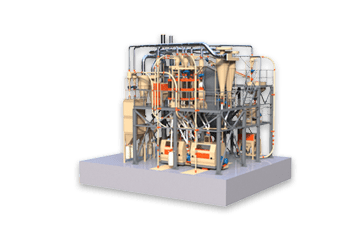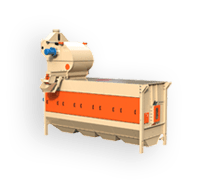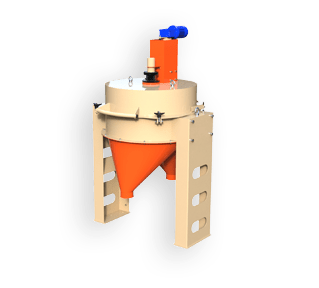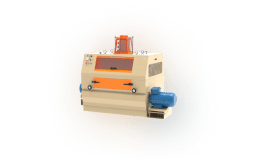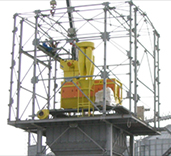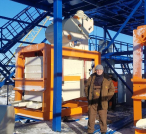Growing and harvesting grain crops is a labor-intensive and costly process. For the investment to be worthwhile, the harvest must be properly stored. For this purpose, specially equipped granaries are used, which have ventilation systems and an adequate microclimate. One popular type of crop storage facility is a flat-bottomed silo.
Features of flat bottom silos
A silo is a cylindrical container made of metal. Its diameter is 4.5-31.5 meters. Despite its impressive size, the container is quite lightweight. Its installation does not require the use of cranes and industrial lifts are quite sufficient.
Silos with a flat bottom are installed on a specially prepared foundation. The walls of such structures are made from embossed sheets of galvanized steel with a thickness of 350-450 g/m2. This material can last for decades, is completely protected from corrosion and is resistant to mechanical damage. The bottom of the silo is a large flat plate, inside of which there are channels for aeration, as well as a channel or gallery for the unloading auger.
To ensure maximum rigidity of the silo, the body is reinforced with vertical posts. Grain protection is achieved through complete sealing using rubber gaskets installed at the joints of the sheets.
In a completely airless space, grain will not last long.For adequate air exchange, a powerful fan is mounted in the upper part of the structure. They allow you to maintain the required level of humidity and prevent the product from spoiling.
It is also necessary to organize a layer-by-layer temperature control system. It will help in additional monitoring of storage conditions and will determine not only areas of increased temperature, but also the presence of areas infested with insects. This will reduce the cost of additional grain transshipment and increase the amount of stored product.
elevator equipment is used for grain transportation (both ready-made integrated solutions and specialized lines, made according to individual projects).
The quality of each element of the granary depends on the result of the entire system, and hence the amount of final income. Therefore, installation of grain processing equipment and its maintenance are important stages of the technological process. Such procedures should be trusted exclusively to trusted companies with a good reputation, for example, Olis.
Advantages and disadvantages of flat bottom silos
The main advantages of the designs include:
- large storage capacity;
- ability to withstand adverse environmental factors (heavy rain, wind, snow);
- possibility of installing additional equipment to facilitate the process of storing, transporting and processing grain;
- the presence of a sufficient number of hatches for simple maintenance and repair of the premises;
- reliable protection of grain from both mold and various pests;
- use of modern environmentally friendly materials;
- compact storage size;
- low cost;
- long service life – up to 20 years.
Silos have virtually no disadvantages, and therefore are the optimal solution for use in industrial facilities.
Features of using structures
To avoid troubles during long-term storage of grain crops inside a silo, a number of certain rules must be followed. First of all, attention should be paid to the pre-treatment of the product. Thus, equipment for drying before storage will allow you to avoid loss of taste qualities of crops, as well as a decrease in germination.
As a rule, vertical grain dryers are used to achieve optimal grain moisture and the correct temperature conditions. The product prepared in this way will not spoil and pests will not grow in it.
The silo itself must be inspected regularly. The presence of rust, deformation, loss of bolted connections are good reasons to initiate emergency repairs of the installation. Regular cleaning of ventilation systems is required, which from time to time can become clogged with grain dust and other waste. The condition of the foundation is also important. If cracks begin to appear on it or the gap between the silo and the foundation slab has increased, there is reason to think about completely replacing the structure.
Be aware of the risk of overload. The grain in the storage should be poured strictly in the center. If only one side is involved, the wall may not withstand the resulting pressure and fail ahead of schedule. This will incur additional costs. Therefore, it is better to spend money once on a high-quality design and installation of all necessary systems than to periodically call a repair team.
For additional information and advice, please call:
☎ +38 (067) 822-85-58.


